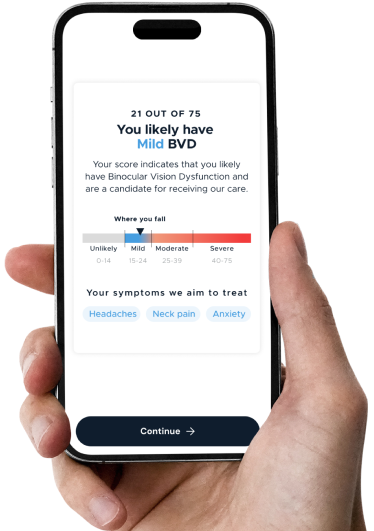It seems that every year, we spend more time looking at digital screens. Not only is the majority of work on the job and at school now completed on tablets and computers, most people now spend a significant amount of time watching TV, playing on video game consoles, scrolling through social media or watching videos on their smartphones. In fact, according to a report that market research group Nielsen came out with last year, the average American adult spends a staggering 11 hours a day – the majority of their waking hours – staring at some kind of digital screen. With these statistics, it should come as no surprise that complaints of eye strain and dizziness are on the rise as well.
Reducing Computer-Related Eye Discomfort
While it’s fairly easy for people to limit recreational screen time, prolonged computer use at the office tends to be a necessary evil for most businesses. In order to prevent the dry, gritty, throbbing eyes that inevitably result from a long computer session, follow these tips shared by the NeuroVisual Medicine specialists:
Modify your computer’s display settings. The contrast and brightness of your screen, as well as the color temperature and size of the text, all have an effect on your eyes. Adjust your display settings until you find what works for you.
Switch to an LCD monitor. If you still have an outdated tube-style computer monitor, you should consider switching to one with a liquid crystal display. The light from LCD screens is far less harsh, so if you’ve been experiencing dry, tired eyes after a long day on the computer, an upgrade to an LCD monitor could make all the difference.
Avoid fluorescent lighting. For many years, fluorescent lights were the standard lighting for office settings. While the light they give off undoubtedly does the job of illuminating the workspace, the harsh, glaring light quality is hard on the eyes, and can cause headaches and fatigue among workers. This is the reason that many businesses have started to phase out fluorescent lights and replace them with softer lighting options.
Give the 20-20-20 rule a try. When people work on computers, they tend not to blink enough, which is what causes dry, tired eyes. To address this issue, eye specialists recommend following the 20-20-20 rule: for every 20 minutes of computer use, focus on an object 20 feet away for 20 seconds.
If, after following these tips, you’re still experiencing eye discomfort and fatigue as well as symptoms such as headaches and shadowed or double vision, you may have a disorder known as Binocular Vision Dysfunction (BVD). BVD is an eye muscle condition caused by a vertical misalignment of the eyes. Other symptoms of BVD include anxiety, dizziness, nausea and blurred vision.
Treatment With a NeuroVisual Medicine Specialist
BVD requires treatment with micro-prism lenses prescribed by a trained NeuroVisual specialist. If you’re experiencing any of the aforementioned symptoms and think that BVD may be the culprit, start by taking the BVDQ™ Assessment to learn if this is the answer for you.


